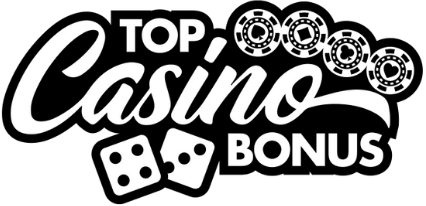How to create your own sports betting odds
Creating your own sports betting odds isn’t for the faint of heart. It’s not something you half-learn in a weekend after reading a few blog posts. The sharpest lines are forged at the intersection of deep statistical knowledge, real field experience, and a knack for sniffing out value where others see chaos. If you’re here thinking it’s all about copying spreads from sportsbooks and tweaking a point here or there, well, let me stop you right there. That’s how amateurs lose their bankrolls before they even get started.
Table of contents
Understanding the real purpose of odds creation
Most folks think betting odds are just predictions. Wrong. Odds are market prices. They’re reflections of perceived probabilities, yes, but also of public sentiment, liabilities, and sharp money movement. So when you’re creating your own odds, you’re not just trying to “guess the correct score.” You’re modeling potential outcomes and assigning prices that reflect what you believe the true probability should be, before the noise of the market distorts it.
Why sportsbooks often shade lines
I’ve seen it so many times, bettors complaining about a half-point hook on purpose-built lines. But that hook isn’t random. Sportsbooks like BetMGM or Bet365 Casino shade lines not because they want to be accurate, but because they want a balanced book. That’s not your goal. You want to be accurate. The edge comes when your number beats theirs consistently in predictive power, not popularity.
Start with a solid base model
The fatal mistake early bettors make when setting their own odds is anchoring to media narratives or last week’s box scores. You’ve got to build your own expectation model first. For NFL, that begins with factoring real metrics like team efficiency, adjusted yards per play, and red zone conversion rates. If you’re serious, check out this guide on key NFL handicapping factors. It’s one of the few resources that doesn’t dance around the hard truths.
Choosing your statistical indicators
Hair-splitting between good and great lines often comes down to which stats you trust. For example, raw yardage is a red herring; success rate tells a far better story. I once spent half a season losing slow bleeds until I switched from defensive rankings to drive success rate metrics. Instantly, the fog cleared. If your model doesn’t value context (garbage time, weather, injuries), it’s a paper tiger.
Capture the nuances sports data won’t show
Look, numbers don’t lie, but they also don’t tell the whole story. Data won’t show you locker room dysfunction, a coach on the chopping block, or a QB gutting it out on one leg. When I handicapped the Jets vs. Patriots back in 2006, the market loved New England. But I could tell from sideline body language and pregame tempo they were flat. I made Jets a +3 when the market had them at +7. Result: outright win. That’s the power of contextual insight.
The psychological edge in oddsmaking
Markets react to emotion. Sharps anticipate emotion and set odds accordingly. If a team got blown out in prime-time, the public overreacts. If a team wins a meaningless Week 17 game, they get a bump. When creating your numbers, invert that logic. Discount overperformance. Highlight potential letdowns. One or two mispriced points is all it takes to find value if you’re consistent.
Homebrew vs. automation: the value of hands-on modeling
I’ve worked with quantitative models that spit out lines faster than a coffee machine in overtime. But guess what? The edges were razor-thin unless we added manual constraints. Human context, a coach’s tendency to sit players late, a team’s altitude advantage, crowd behavior, it matters. That’s why I always crosscheck algorithmic outputs with my own intuition and game notes.
Integrating weather and travel effects
Most models ignore travel lags and climate shifts. Big mistake. A West Coast team flying east for a 1pm kickoff? Auto-downgrade. A dome team playing outside in sleet? Adjust QB accuracy and WR separation immediately. I once paid the price ignoring Seattle’s defense when they traveled to humid Miami, they melted late, as expected, but my model hadn’t accounted for conditioning.
Compare your odds to the market, then trust your gut
Once you’ve got a full slate of odds built, layer them against sportsbook lines. Sites like Betsafe and Bally Casino offer lines you can use for comparison. But don’t just fade public bets blindly. Instead, identify where your odds diverge by more than 1.5 points. That’s usually where value hides. I keep a notes column detailing why I think the line is off. If it holds up under peer review or past results, that’s a green light.
Shop for the best price
This one just blows my mind. I’ve mentored folks who build killer models, sharp as needles, but then they take -112 on a line that’s -105 elsewhere. That’s like tuning a Ferrari perfectly… and putting on bicycle tires. Always, always shop lines. It’s easier than ever now with comparison tools and multiple regulated platforms.
The philosophical compass of odds creation
At its core, creating your own odds is about integrity. It’s the purest expression of belief in your analysis, an honest number crafted from experience, context, and sweat. You’ll be wrong plenty. But over time, truth wins. I’ve had cold weeks where nothing hit and hot runs where I couldn’t miss, but the craft stayed the same. It’s the process that keeps you solvent, not blind faith in variance.
If you’re willing to do the work, build models, sense the intangibles, and stay humble, you’ll start seeing what the casual bettor never does. And once that switch flips, you’ll never look at a betting board the same way again.





0 Comments